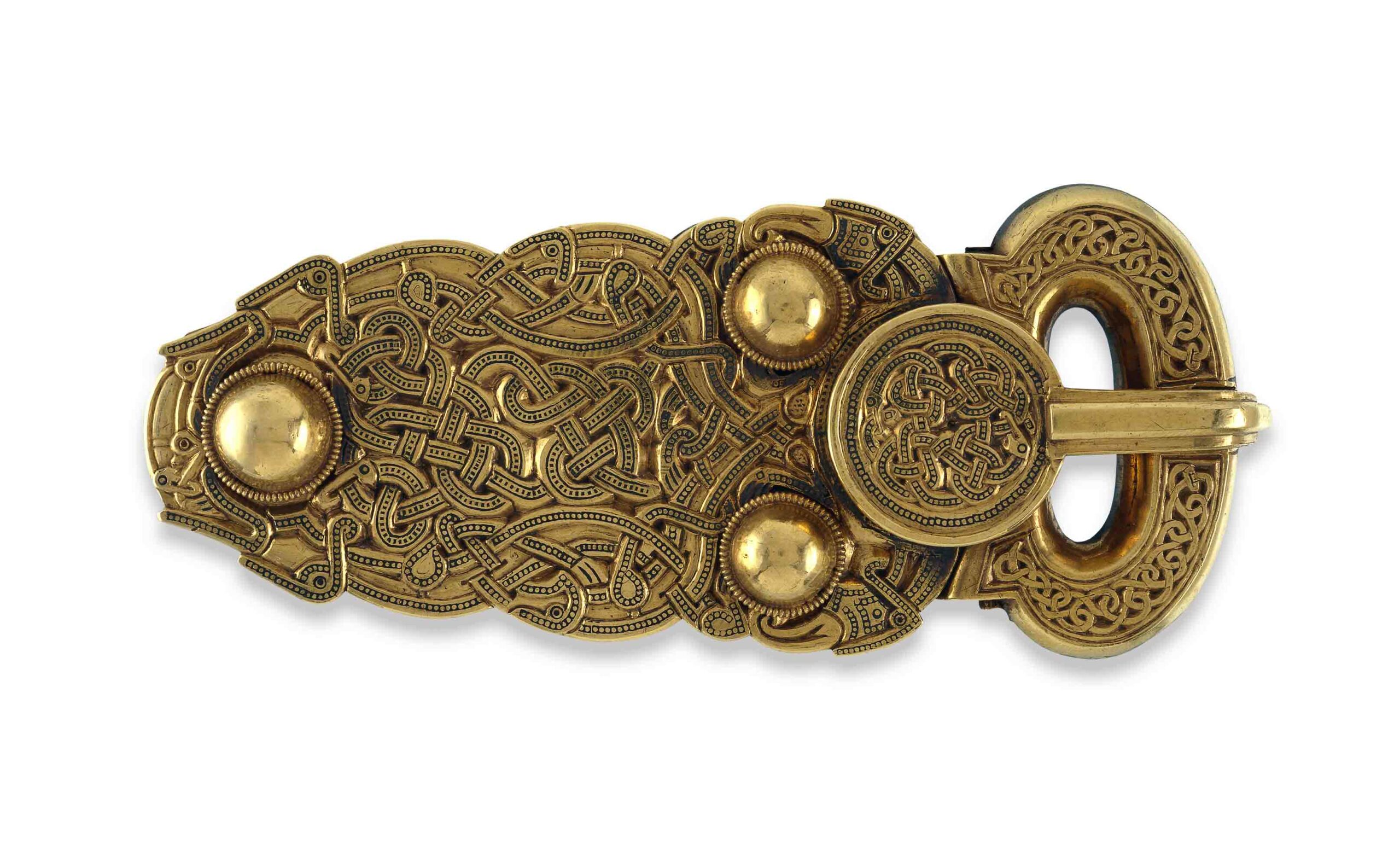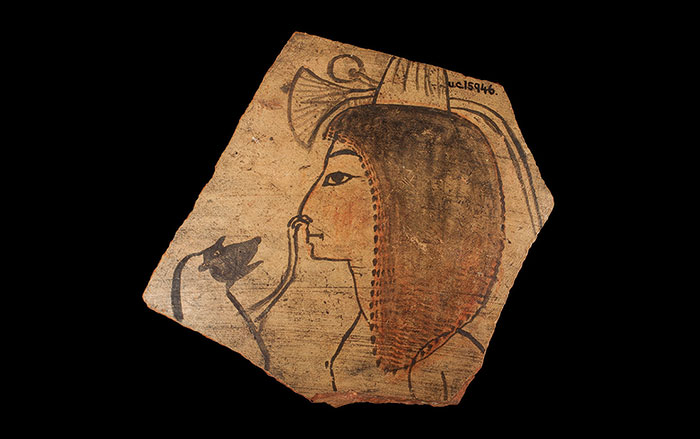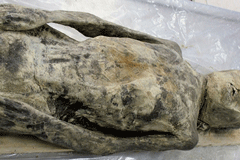
SOUTH KOREA

SOUTH KOREA: A mummy discovered last year in a 17th-century royal tomb from the Joseon period belonged to a man who likely spent much of his life with mysterious pains in his torso. Modern medical imaging techniques—followed by an autopsy—have shown that he suffered from a congenital hernia, a birth defect that left a hole in his diaphragm that allowed the organs from his abdomen, including part of his liver and stomach, to push up into his chest, putting pressure on his heart and lungs.—SAMIR S. PATEL

SUDAN

SUDAN: An archaeological project focused on the city of Dangeil, dating to the Kingdom of Kush, from the 3rd century B.C. to the 4th century a.d., has revealed the results of the excavation of a cemetery. So far, 52 tombs have been excavated with a great variety of grave goods, including large beer jars, a unique set of seven attached bowls, a silver signet ring, and a faience box crafted with udjat eyes, an Egyptian symbol of power and protection. Egyptian, Greco-Roman, and African cultures all influenced Kushite society in the period. —SAMIR S. PATEL
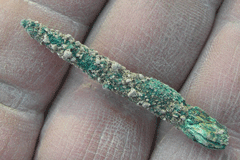
ISRAEL

ISRAEL: A copper alloy awl found at the Middle Chalcolithic site of Tel Tsaf in the Jordan Valley is the oldest known metal object in the Middle East. It dates to between 5100 and 4600 B.C., perhaps a millennium before native copper metallurgy emerged in the region. The composition of the tool suggests that it was imported from the north, which may have been the source for metallurgical technology that would later emerge. It was found in the most elaborate burial of the period in the region, suggesting it was a particularly rare and coveted item.—SAMIR S. PATEL
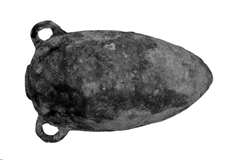
MALTA

MALTA: About a mile off Gozo Island, in 400 feet of water, researchers have found and examined what might be the oldest shipwreck in the central Mediterranean—a 50-foot-long trading vessel packed with 50 diverse amphoras and 20 grinding stones. The cargo dates to around 700 B.C., when Phoenicians traded across the Mediterranean, and Malta represented an important stop on long sea voyages.—SAMIR S. PATEL
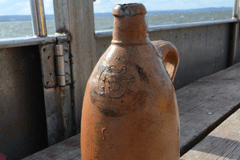
POLAND

POLAND: On a shipwreck in the Gulf of Gdansk in the Baltic Sea, underwater archaeologists found a 200-year-old stoneware bottle—still sealed and labeled with the sign for “Selters,” the source of highly sought-after mineral water (hence the generic term “seltzer water”) in Germany. Upon testing it was found that the liquid inside contains 14 percent alcohol—though the water that was used to thin it matches the chemical makeup of the famed Selters water of the 19th century.—SAMIR S. PATEL

BOLIVIA

BOLIVIA: The Amazon rain forest once seemed like a pristine, untouched ecosystem, but hundreds of geometric earthworks discovered beneath the trees over decades suggest that humans had altered the landscape long before the arrival of Europeans. It has been proposed that these Amazonian people cleared much of the rain forest in the past, but a new study of lake sediments suggests that the climate was drier in some parts of Amazonia more than 2,000 years ago, and that some earthworks were built in open savannah that was later consumed by rain forest.—SAMIR S. PATEL
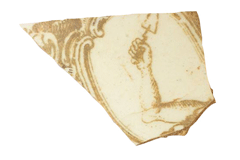
VIRGINIA

VIRGINIA: A depiction of a trowel—the hand tool with a small, pointed blade beloved of archaeologists—was found on a ceramic sherd excavated near Montpelier, the mansion home of James Madison, the fourth president. It was a “meta”-moment for archaeologists, but had a reasonable explanation: It came from a Masonic seal on a jug or bowl. Masons and bricklayers are perhaps the only professions more associated with trowels than archaeologists.—SAMIR S. PATEL
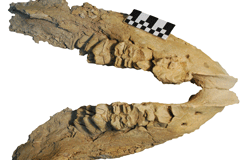
MEXICO

MEXICO:The Clovis people, among the first to spread across North America, are known to have hunted and dined on the continent’s erstwhile mammoth population. Recent finds at the site of El Fin del Mundo in Sonora have added the gomphothere, an elephant relative with four tusks, to their menu. Alongside bones from two gomphotheres, archaeologists found distinctive Clovis points and other tools. Almost 14,000 years old, it is one of the oldest and southernmost Clovis sites.—SAMIR S. PATEL








